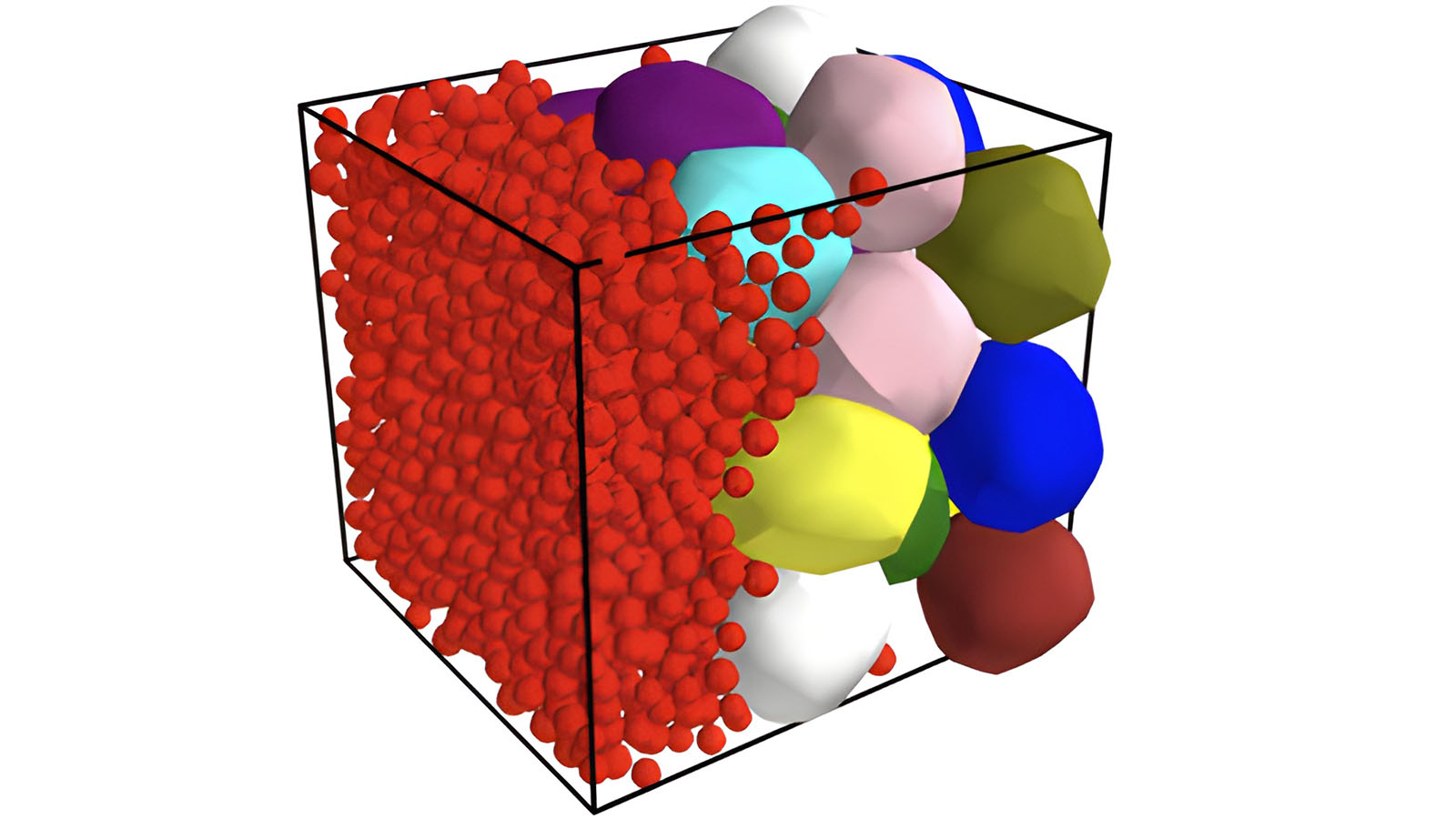

Researchers in the O’Hern Group are using advanced computer simulations to study how breast cancer cells invade tissue. Traditional mouse models provide only static snapshots of tumors, limiting their usefulness. To improve this, the team developed a new 3D computational model that tracks cancer cell movement over time and predicts how quickly cells move through dense breast tissue. Specifically, the researchers model breast cancer invasion into adipose tissue using discrete element method simulations of active, cohesive spherical particles (cancer cells) invading into confluent packings of deformable polyhedra (adipocytes). They complement these simulations with in vitro experiments to validate their findings. Focusing on how cancer cells spread from milk ducts into fat tissue, they aim to understand factors like cell stickiness and tissue stiffness affecting cancer progression. This approach offers a more dynamic view of cancer invasion than traditional methods.